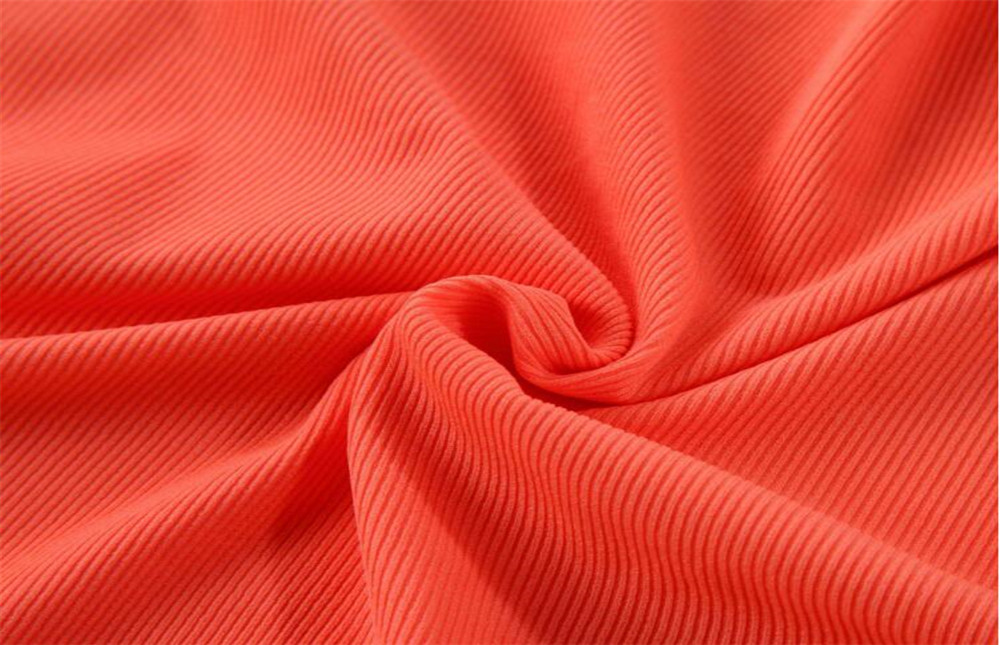Textile auxiliaries are mainly applied in textile printing and dyeing industry. As an additive in textile printing and dyeing process, it plays an increasingly important role in improving the quality of textile printing and dyeing and increasing the additional value of textiles, which is called as "The monosodium glutamate of textile industry".
Textile fibers must have certain physical, chemical and physiological properties to meet the requirements of processing and human use.
As the four natural fibers in the traditional sense, cotton, flax, silk and wool have a history of thousands of years in clothing application. With the features of good moisture absorption and comfortable wearing, they have been always the main fibers that people wear and use. However, because of the defects of easily shrinking, wrinkling and creasing after washing, natural fibers cannot satisfy the higher and higher requirements for beautiful and comfortable clothing fabrics and convenient maintenance.
Most consumers are most concerned about the anti-wrinkling durability, washability and rubbing resistance of clothing. Consumers would rather pay more for clothing by anti-wrinkling finishing processing. On the basis of keeping the original properties and by the application of auxiliaries in textile finishing process, such as water-proofing finishing, breathable finishing and anti-shrinking and anti-wrinkling finishing, natural fibers can have qualitative changes. So that natural fibers become more comfortable for wearing and share many advantages: anti-bacterial, anti-ultraviolet, disinfected, anti-fungus and anti-moth, etc.

For fabrics of chemical fibers, especially synthetic fibers, for the drawbacks in thermal-wet comfort, hand feeling, luster and appearance, etc., they are always acting as the low-end and cheap products. Since the late 1980s, with the advent of Japan's new synthetic fiber and Europe and America's fine denier fiber, the image of synthetic fiber products in people's mind has begun to change. By the hydrophilic, anti-static and soft finishing effect of auxiliaries, the hand feeling and appearance of some silk-like and wool-like products of polyester are very similar to silk and wool fabrics. Moreover, their washibility and color are better than natural fibers. Therefore, they are deeply loved by consumers. Polyester products have just begun to squeeze into the high-end clothing fabric market. At present, auxiliaries play an important role in biomimetic property, functionalization and high performance of chemical fibers.
The development of new textile fabrics and the improvement of textile fabric performance are the two essential aspects to promote the upgrading of the textile industry. Textile auxiliaries are of great importance to improve the additional value of textile and strengthen its competitiveness in international market. Textile auxiliaries are the comprehensive reflection of the level of further processing and fashioning of textile of a country. Hence, the upgrading of textile industry is inseparable from the development of textile auxiliaries.
Post time: Mar-06-2021

